Home>Gardening & Outdoor>Outdoor Recreation & Activities>What Is The Part Of The Trampoline You Jump On Called
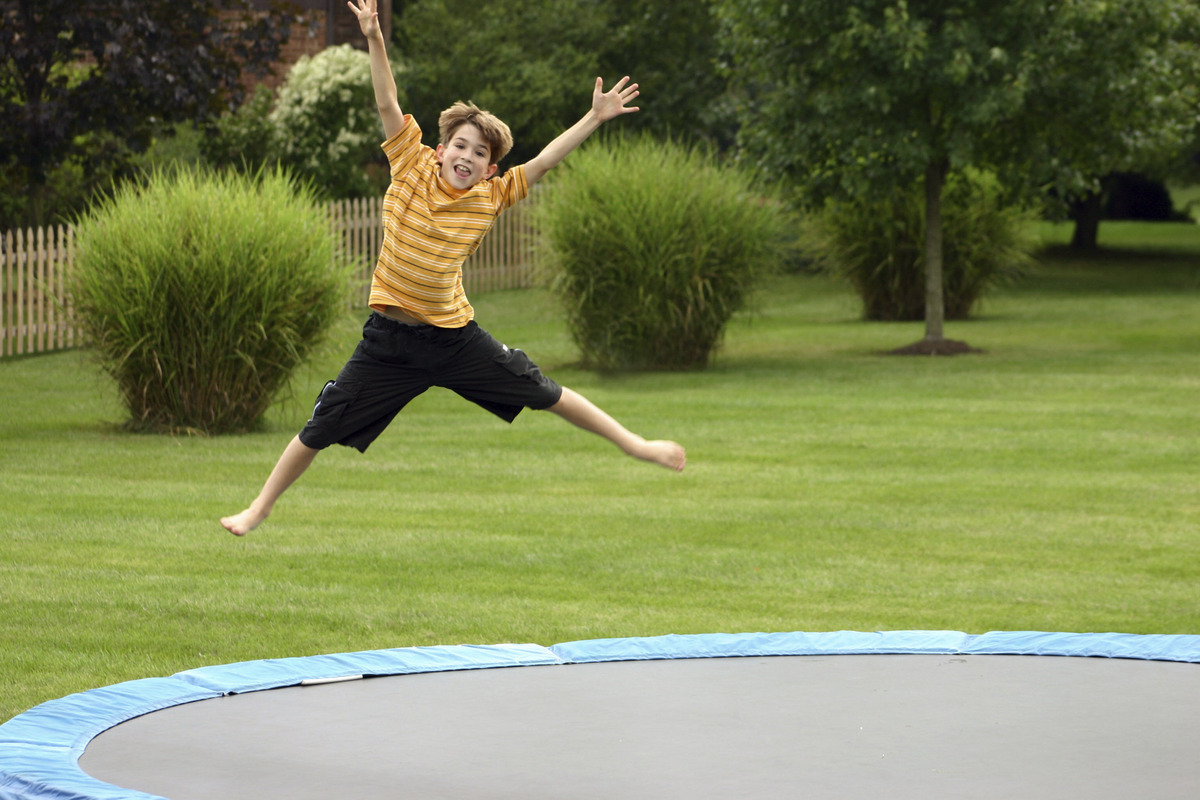

Outdoor Recreation & Activities
What Is The Part Of The Trampoline You Jump On Called
Modified: August 17, 2024
Discover the essential part of the trampoline you jump on, known as the jumping mat. Learn more about outdoor recreation and activities.
(Many of the links in this article redirect to a specific reviewed product. Your purchase of these products through affiliate links helps to generate commission for Storables.com, at no extra cost. Learn more)
Introduction
Welcome to the thrilling world of trampolines! These incredible contraptions have been captivating the hearts and minds of adventure seekers and fitness enthusiasts for decades. Whether you're soaring through the air with the grace of a gymnast or simply enjoying the sensation of weightlessness, trampolines offer an exhilarating experience for people of all ages.
One of the key components of a trampoline is the jumping surface, which is designed to provide a responsive and dynamic platform for users to bounce and leap to their heart's content. But have you ever wondered what the specific part of the trampoline that you jump on is called? In this article, we'll delve into the various terms used to describe this essential element, shedding light on the terminology that surrounds these beloved fixtures of outdoor recreation.
So, let's embark on a journey to uncover the terminology associated with the part of the trampoline that serves as the stage for gravity-defying exploits. Whether you're a trampoline aficionado or a curious newcomer, this exploration will deepen your understanding of these captivating apparatuses and enhance your appreciation for the art of bouncing. Let's bounce into the heart of the matter and unravel the mystery of the trampoline's jumping surface!
Key Takeaways:
- The jumping surface of a trampoline, also known as the bed, mat, or bounce pad, is a resilient and dynamic platform designed to provide a buoyant and responsive experience for users to unleash their acrobatic prowess.
- Crafted from durable materials like polypropylene, the jumping surface is reinforced with sturdy stitching and webbing to ensure a safe and enjoyable bouncing experience, inviting users to revel in the thrill of weightless flight.
Read more: Why Is Jumping On A Trampoline Good For You
The Jumping Surface
When you step onto a trampoline, the part of the apparatus that immediately captures your attention is the jumping surface. This crucial component forms the foundation of the trampoline and directly influences the quality of the bouncing experience. Known by several names, the jumping surface is often referred to as the bed, the mat, or the bounce pad, depending on the context and regional variations.
The jumping surface is typically constructed from a durable and flexible material that can withstand the repetitive impact of bouncing while providing the necessary rebound for users to achieve impressive heights. This material is meticulously engineered to strike a delicate balance between resilience and responsiveness, ensuring a safe and enjoyable experience for trampoline enthusiasts.
Trampoline beds are commonly crafted from polypropylene, a robust synthetic material renowned for its exceptional strength and resistance to environmental factors. The woven nature of the polypropylene fabric allows for optimal airflow, preventing the accumulation of moisture and maintaining a consistent bouncing performance. Additionally, the material is treated to withstand UV radiation, safeguarding the bed from the damaging effects of prolonged sun exposure.
Furthermore, the edges of the jumping surface are often reinforced with sturdy stitching and robust webbing to enhance durability and prevent fraying. This meticulous attention to detail ensures that the bed remains intact and secure, even under the strain of vigorous bouncing and acrobatic maneuvers.
The jumping surface is ingeniously designed to facilitate a buoyant and responsive experience, enabling users to unleash their inner acrobat and revel in the sensation of weightlessness. Whether you're executing graceful somersaults or simply enjoying the rhythmic bounce, the jumping surface sets the stage for an exhilarating adventure in the world of trampolining.
As we continue our exploration of the terminology associated with trampolines, we will delve deeper into the specific names used to describe the jumping surface, shedding light on the diverse terminology that enriches our understanding of these captivating apparatuses.
The Bed
As we unravel the terminology surrounding trampolines, the term “the bed” emerges as a commonly used descriptor for the jumping surface. This designation aptly captures the supportive and foundational role that the jumping surface plays in the trampoline experience.
Referred to as “the bed” due to its function as the primary platform for bouncing and performing aerial maneuvers, this essential component is meticulously engineered to provide a responsive and resilient surface for users to unleash their acrobatic prowess. The term “bed” evokes a sense of comfort and stability, emphasizing the reliable foundation that the jumping surface offers to trampoline enthusiasts.
The bed of a trampoline is typically constructed from a robust and flexible material, such as polypropylene, renowned for its exceptional strength and durability. This carefully selected material is woven into a supportive and buoyant surface that can withstand the rigors of repetitive bouncing while maintaining its structural integrity.
Furthermore, the edges of the trampoline bed are often reinforced with robust stitching and durable webbing, ensuring that the surface remains secure and resilient, even under the strain of vigorous use. This meticulous attention to detail underscores the importance of the bed as a stable and dependable platform for users to engage in exhilarating bouncing activities.
Whether you’re soaring through the air with the grace of a gymnast or simply enjoying the rhythmic bounce, the bed of the trampoline provides a reliable and responsive stage for your gravity-defying exploits. It serves as the cornerstone of the trampoline experience, offering a supportive and dynamic surface that invites users to unleash their inner acrobat.
As we venture deeper into the terminology associated with trampolines, we will continue to explore the diverse names used to describe the jumping surface, shedding light on the rich tapestry of terminology that enhances our understanding of these captivating fixtures of outdoor recreation.
The part of the trampoline you jump on is called the “jumping mat” or “bounce mat.” It is important to regularly check the condition of the jumping mat to ensure safety while using the trampoline.
The Mat
Within the realm of trampolines, the term “the mat” serves as a familiar descriptor for the jumping surface, emphasizing its function as a resilient and responsive platform for bouncing and performing aerial feats. This designation underscores the supportive and foundational role that the jumping surface plays in facilitating a thrilling and dynamic trampolining experience.
Referred to as “the mat” due to its flat and supportive nature, this essential component is meticulously engineered to provide a buoyant and durable surface for users to engage in a wide array of bouncing activities. The term “mat” evokes a sense of stability and reliability, highlighting the dependable foundation that the jumping surface offers to trampoline enthusiasts.
The mat of a trampoline is typically crafted from high-quality materials, such as polypropylene, chosen for its exceptional strength and resilience. This carefully selected material is woven into a robust and responsive surface that can withstand the repetitive impact of bouncing while maintaining its structural integrity.
Furthermore, the edges of the trampoline mat are often reinforced with sturdy stitching and durable webbing, ensuring that the surface remains secure and steadfast, even under the strain of vigorous use. This meticulous attention to detail underscores the importance of the mat as a stable and reliable platform for users to unleash their acrobatic skills and revel in the joy of bouncing.
Whether you’re executing gravity-defying flips or simply enjoying the rhythmic bounce, the mat of the trampoline provides a resilient and dynamic stage for your aerial exploits. It serves as the cornerstone of the trampoline experience, offering a supportive and responsive surface that invites users to embrace the thrill of weightless flight.
As we delve deeper into the terminology associated with trampolines, we will continue to explore the diverse names used to describe the jumping surface, shedding light on the rich tapestry of terminology that enriches our understanding of these captivating fixtures of outdoor recreation.
The Bounce Pad
Within the vibrant world of trampolines, the term “the bounce pad” serves as an evocative descriptor for the jumping surface, emphasizing its role as a dynamic and resilient platform for engaging in exhilarating bouncing activities. The designation “bounce pad” encapsulates the buoyant and responsive nature of the jumping surface, highlighting its ability to propel users into the air with exhilarating force.
Referred to as “the bounce pad” due to its capacity to launch users into weightless flight, this essential component is meticulously engineered to provide a lively and robust surface for executing a wide array of aerial maneuvers. The term “bounce pad” evokes a sense of energy and vitality, underscoring the exuberant and dynamic experience that the jumping surface offers to trampoline enthusiasts.
The bounce pad of a trampoline is typically constructed from durable and flexible materials, such as polypropylene, chosen for their exceptional strength and resilience. This carefully selected material is woven into a responsive and buoyant surface that can withstand the repeated impact of bouncing while maintaining its structural integrity.
Furthermore, the edges of the trampoline bounce pad are often reinforced with robust stitching and durable webbing, ensuring that the surface remains secure and steadfast, even under the strain of vigorous use. This meticulous attention to detail underscores the importance of the bounce pad as a stable and reliable platform for users to unleash their acrobatic prowess and revel in the joy of weightless flight.
Whether you’re soaring through the air with the grace of a gymnast or simply enjoying the rhythmic bounce, the bounce pad of the trampoline provides a resilient and dynamic stage for your aerial exploits. It serves as the heart of the trampoline experience, offering a responsive and energetic surface that invites users to embrace the thrill of defying gravity.
As we continue our exploration of the terminology associated with trampolines, we will further uncover the diverse names used to describe the jumping surface, shedding light on the rich tapestry of terminology that enriches our understanding of these captivating fixtures of outdoor recreation.
Frequently Asked Questions about What Is The Part Of The Trampoline You Jump On Called
Was this page helpful?
At Storables.com, we guarantee accurate and reliable information. Our content, validated by Expert Board Contributors, is crafted following stringent Editorial Policies. We're committed to providing you with well-researched, expert-backed insights for all your informational needs.
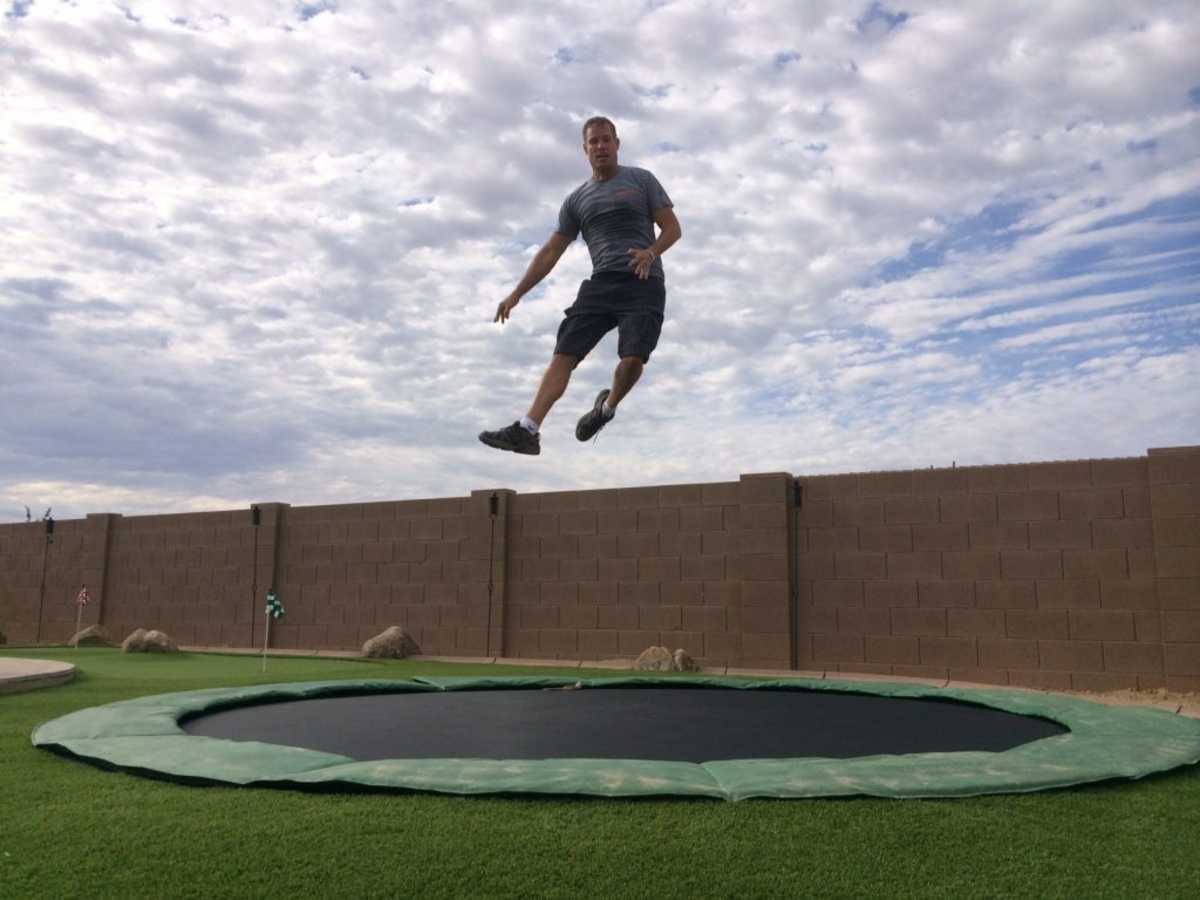
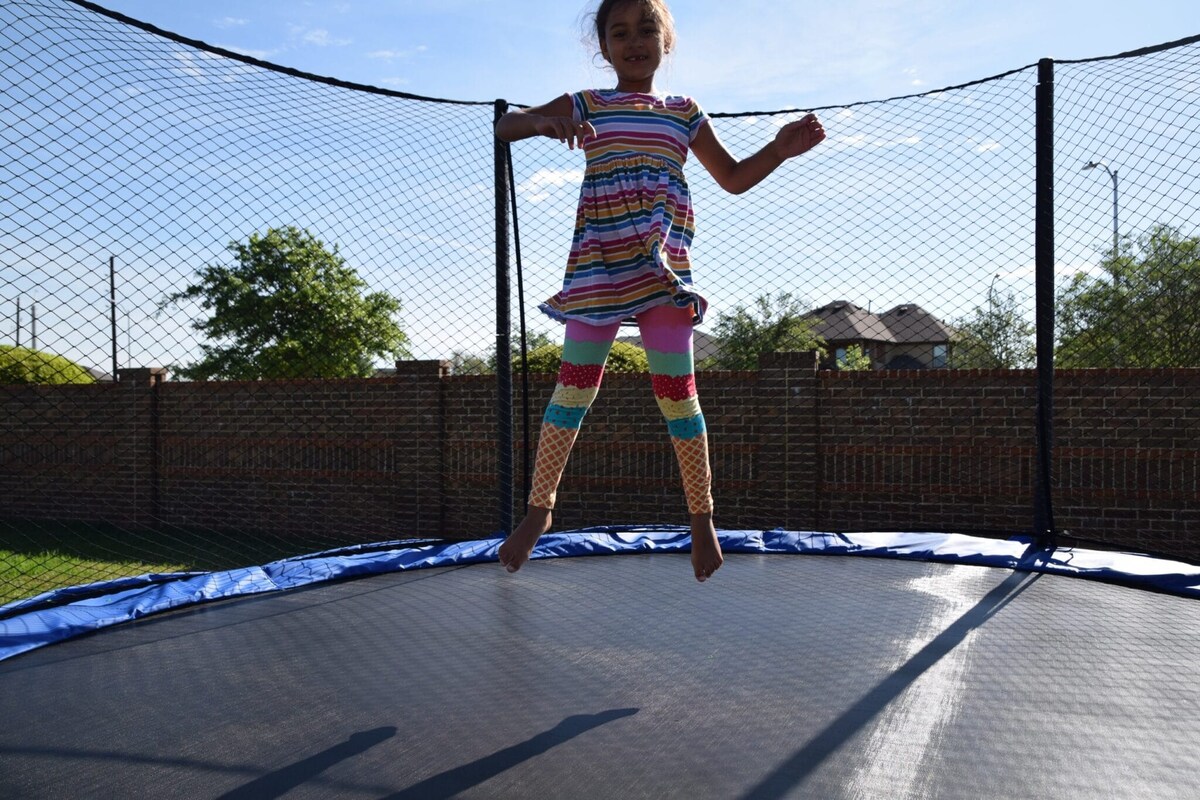
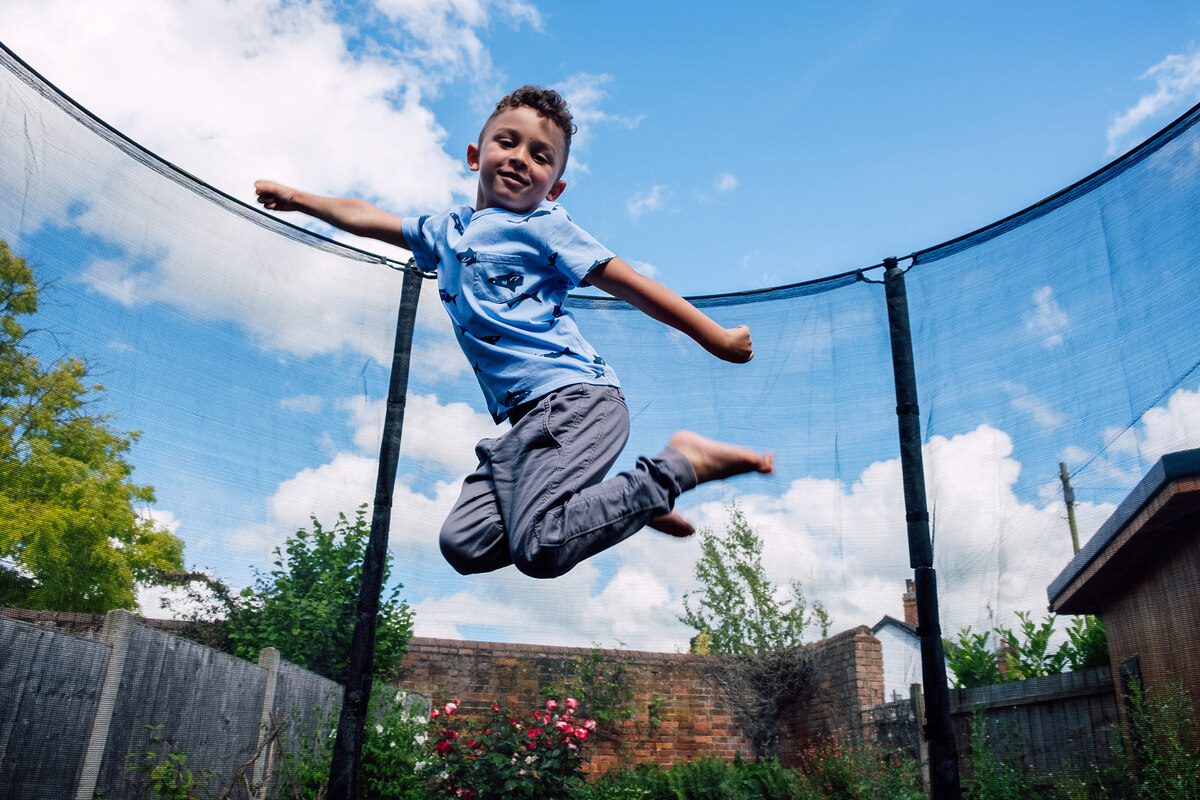
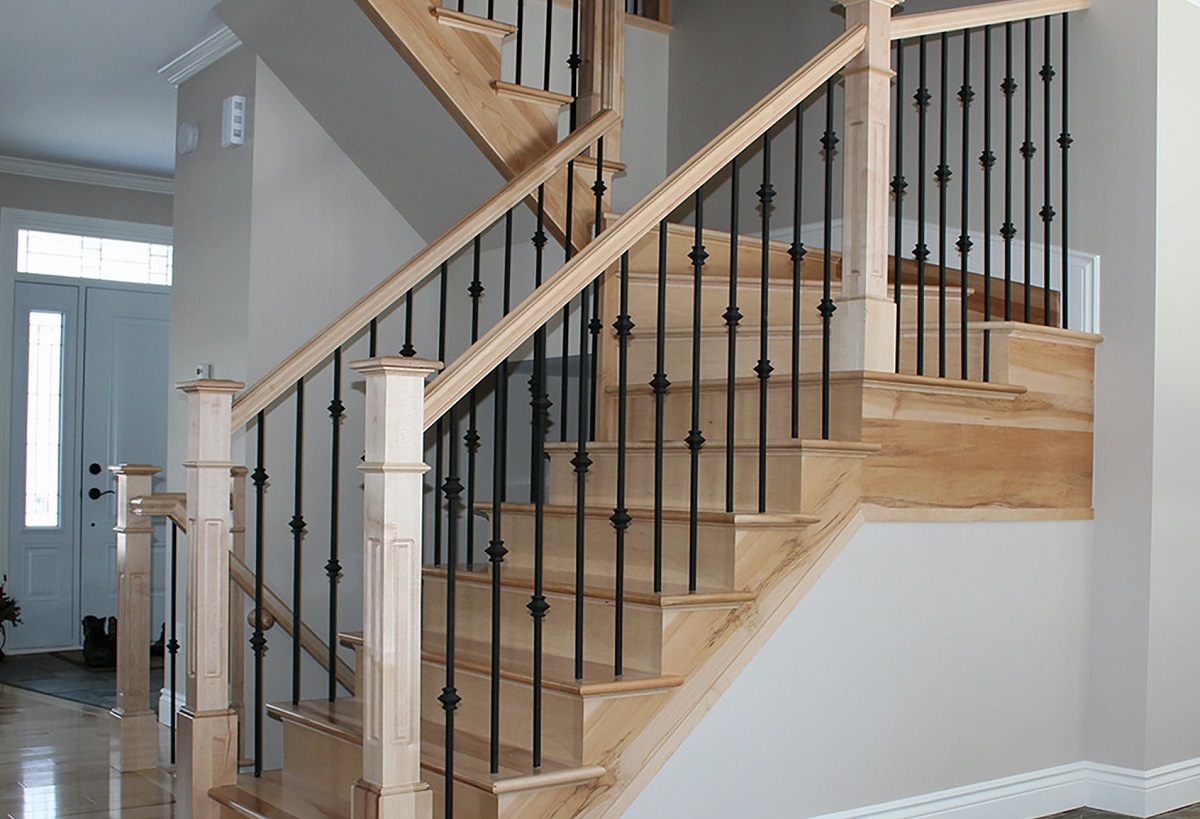
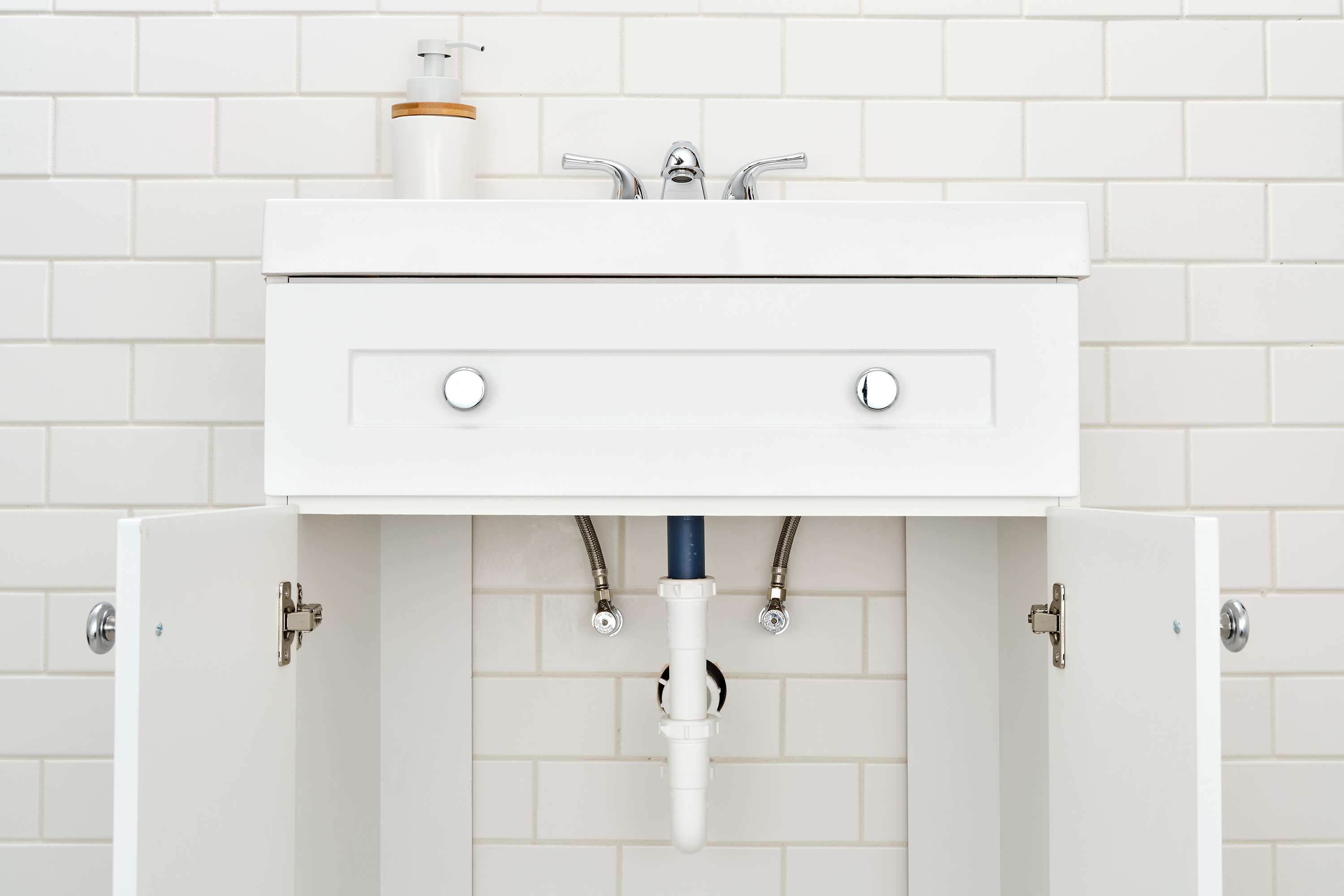
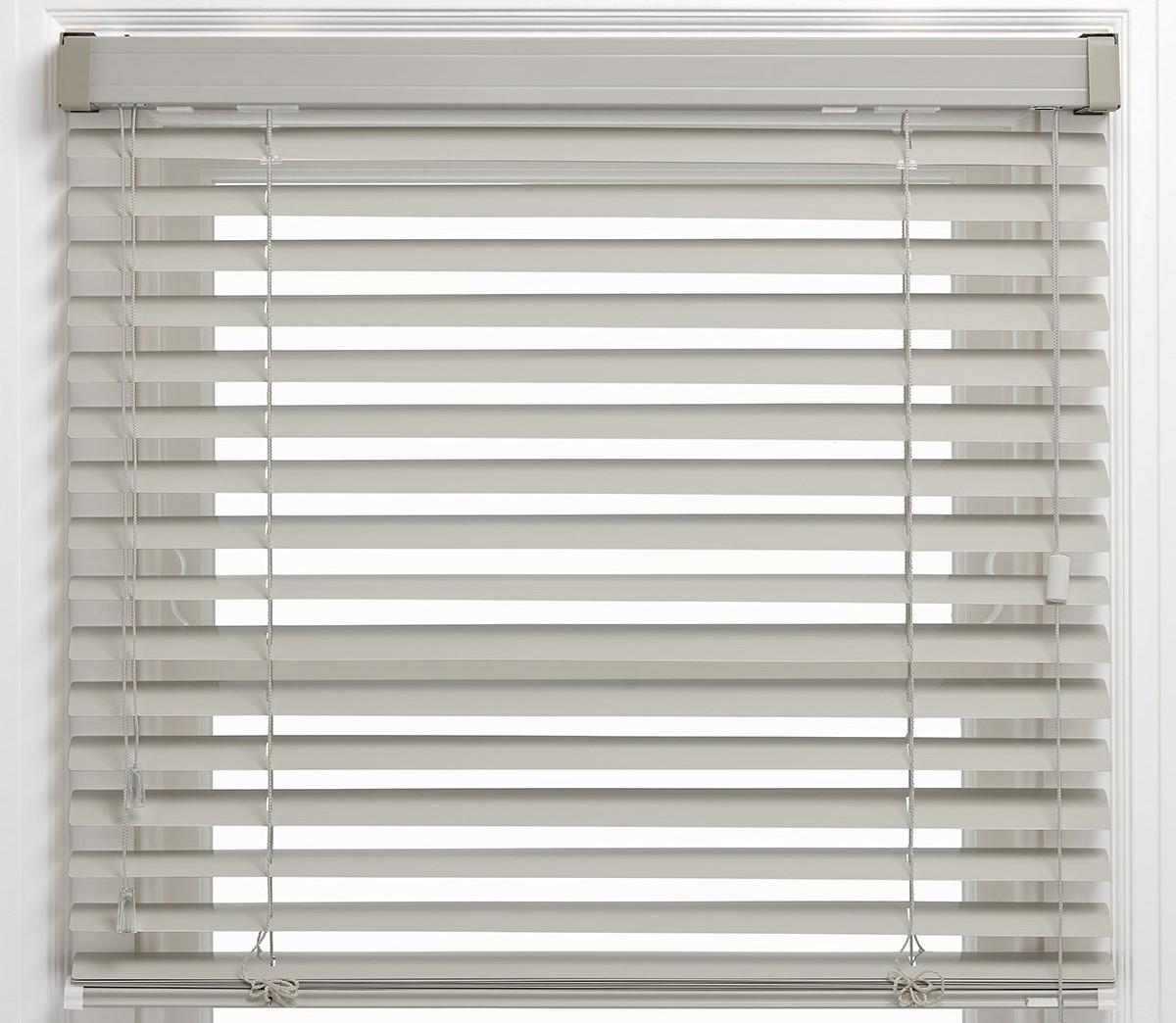
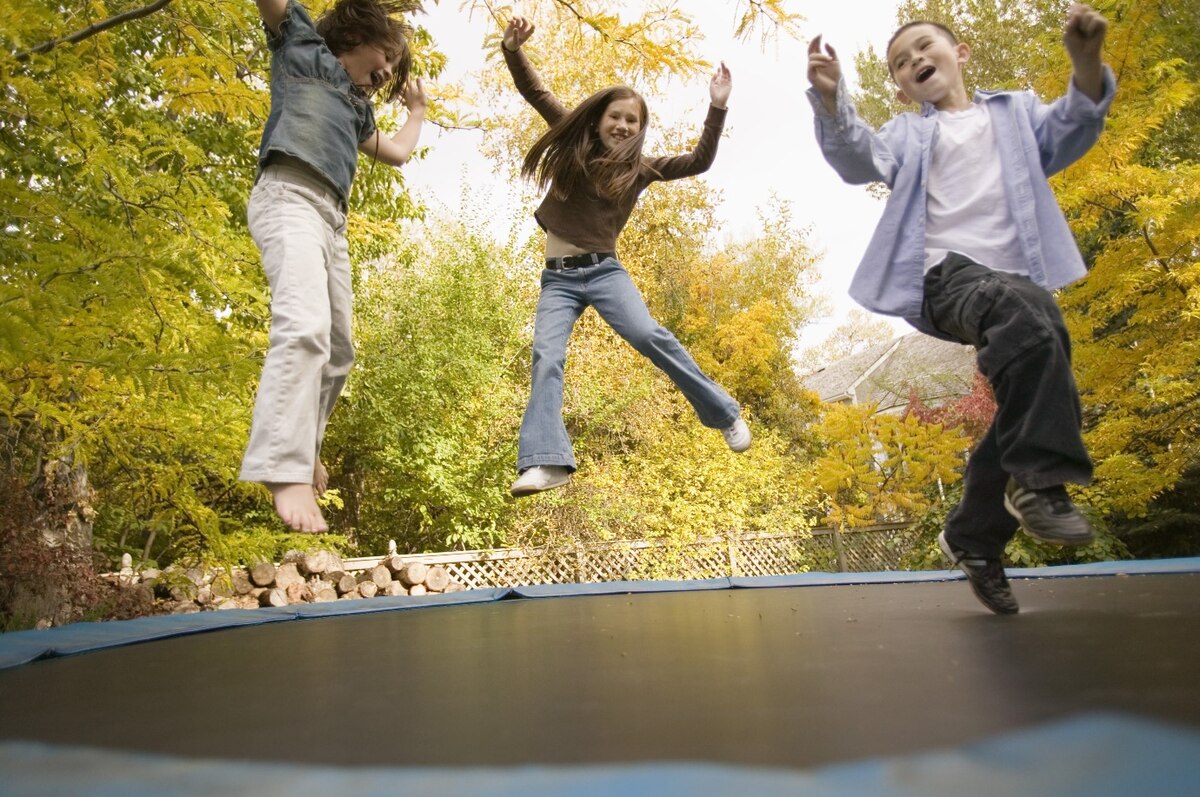
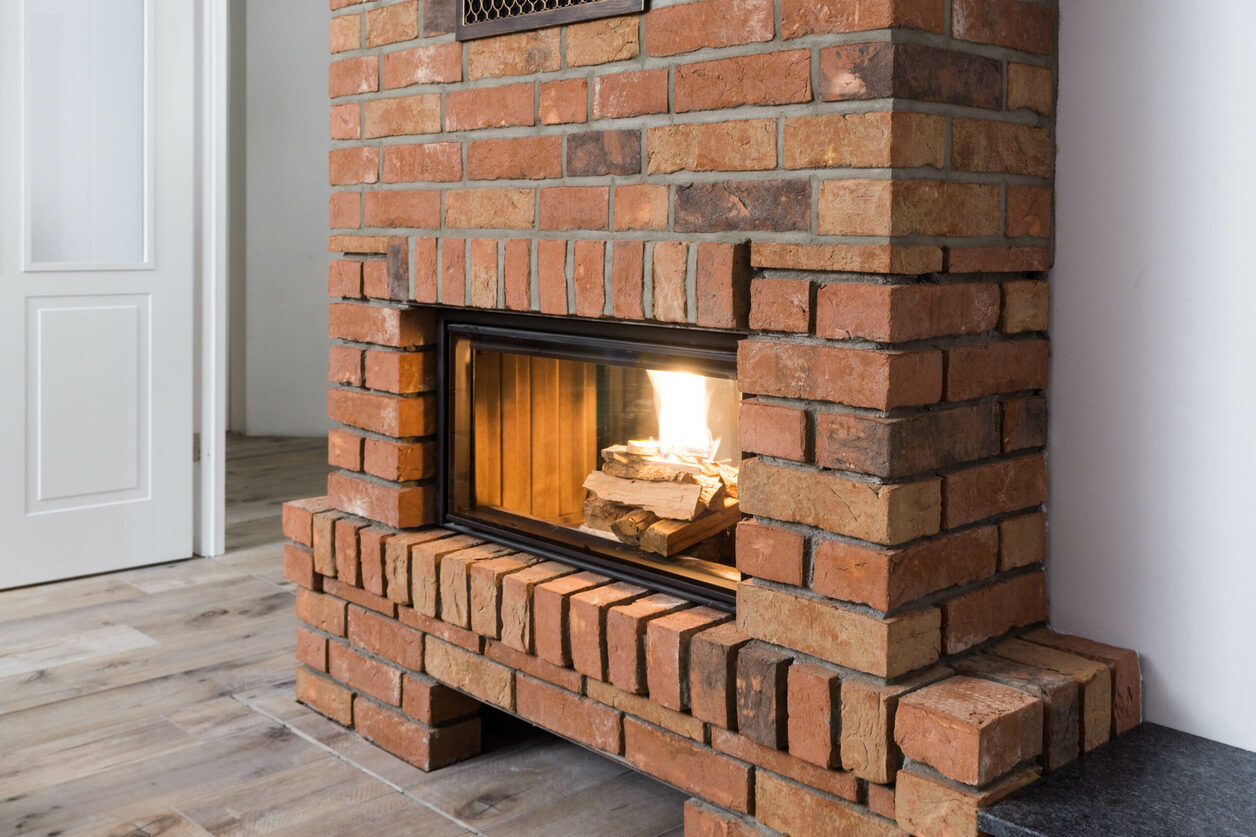

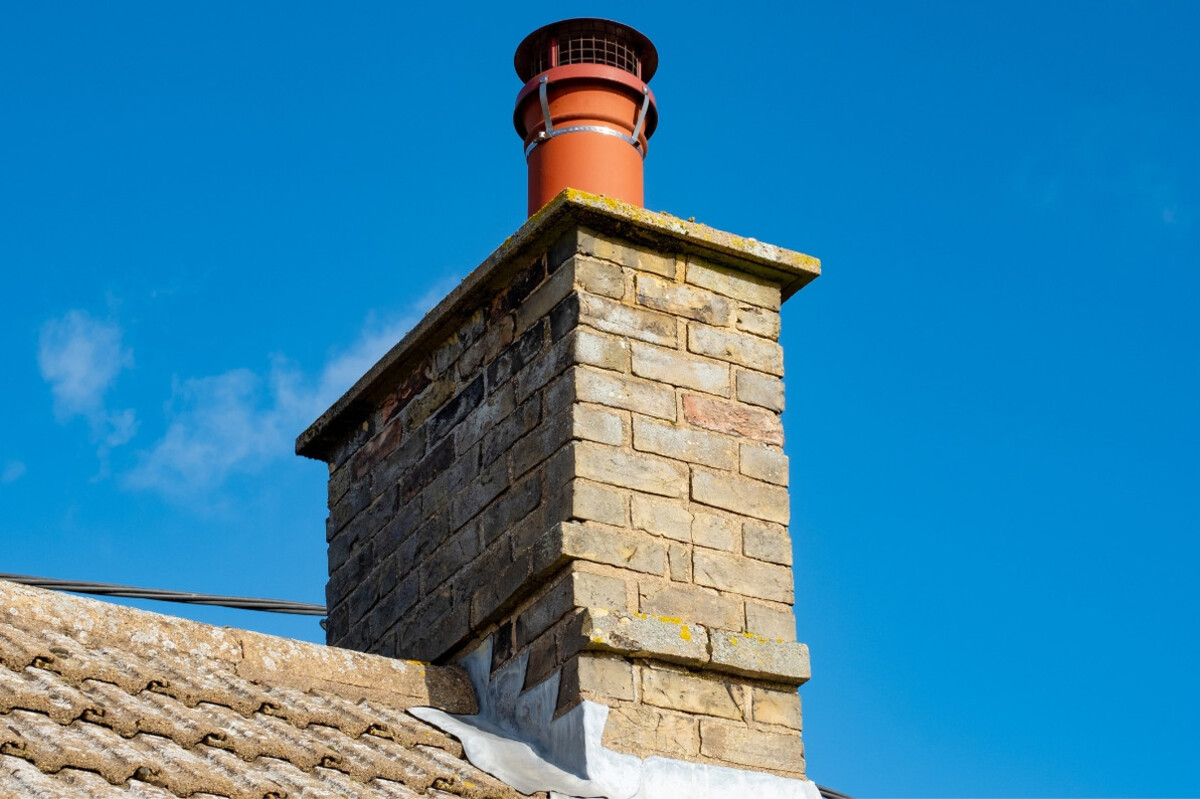
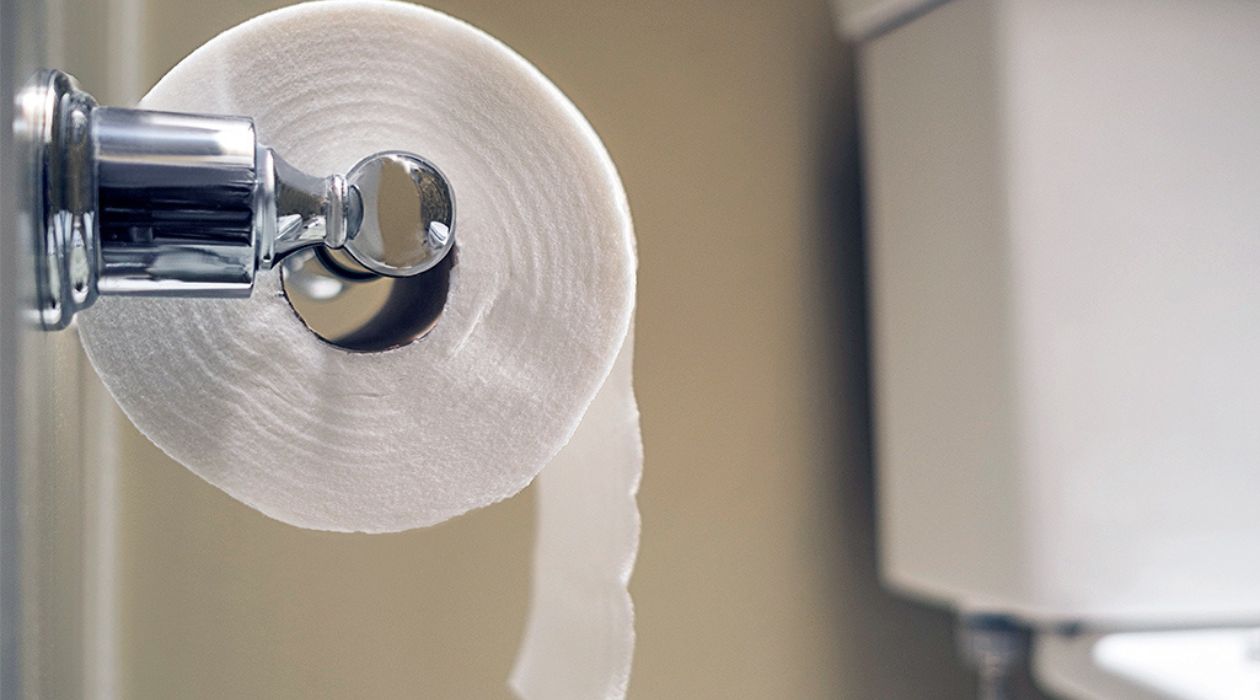

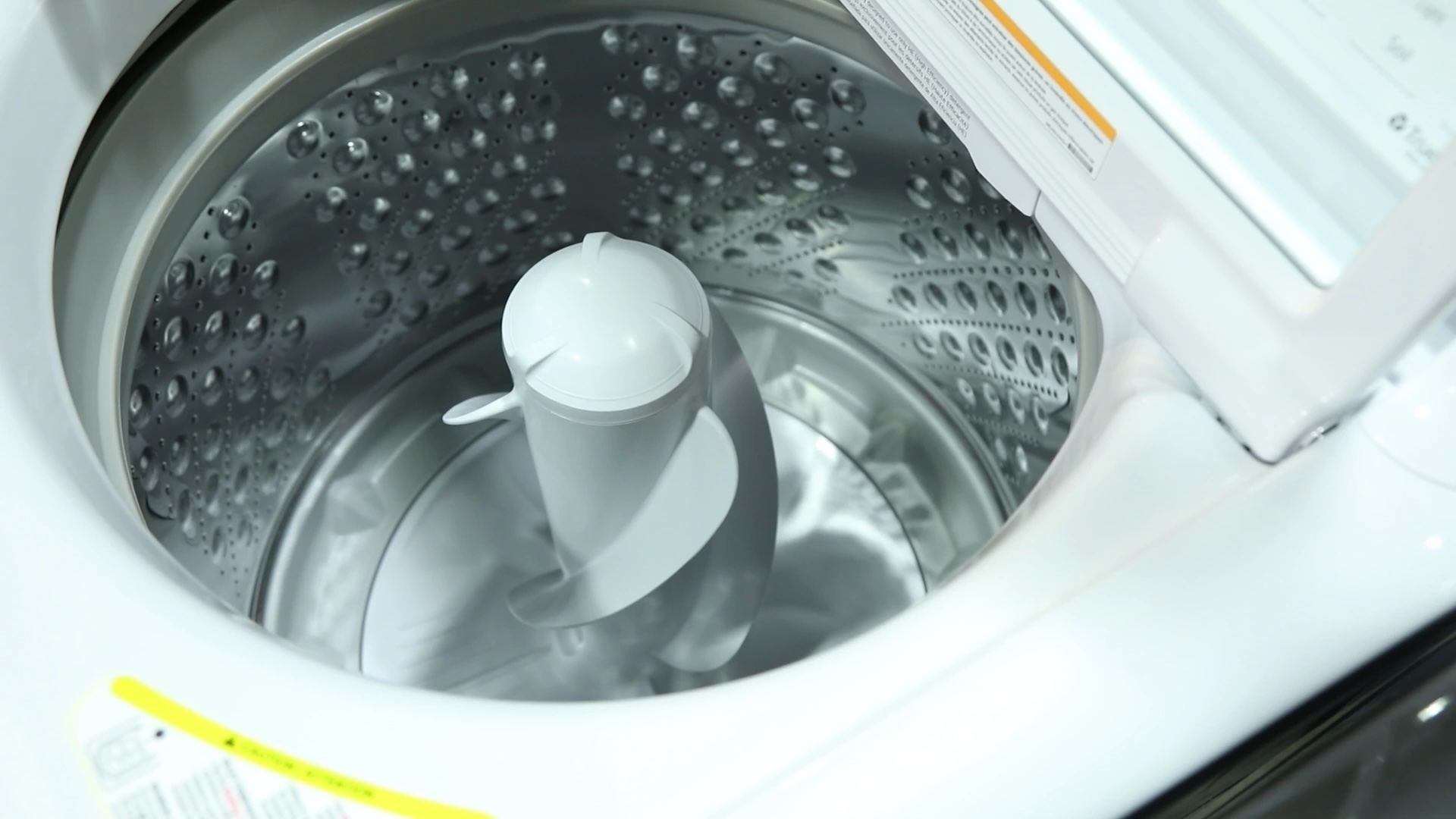
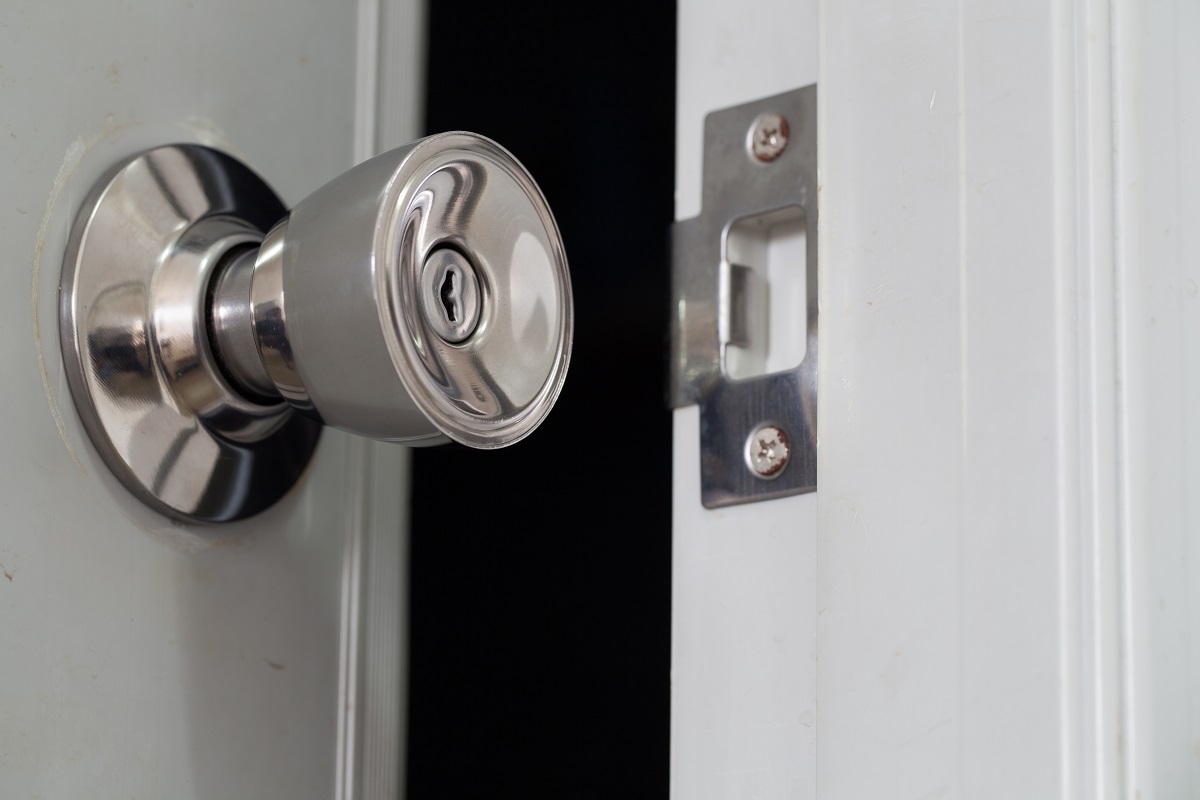
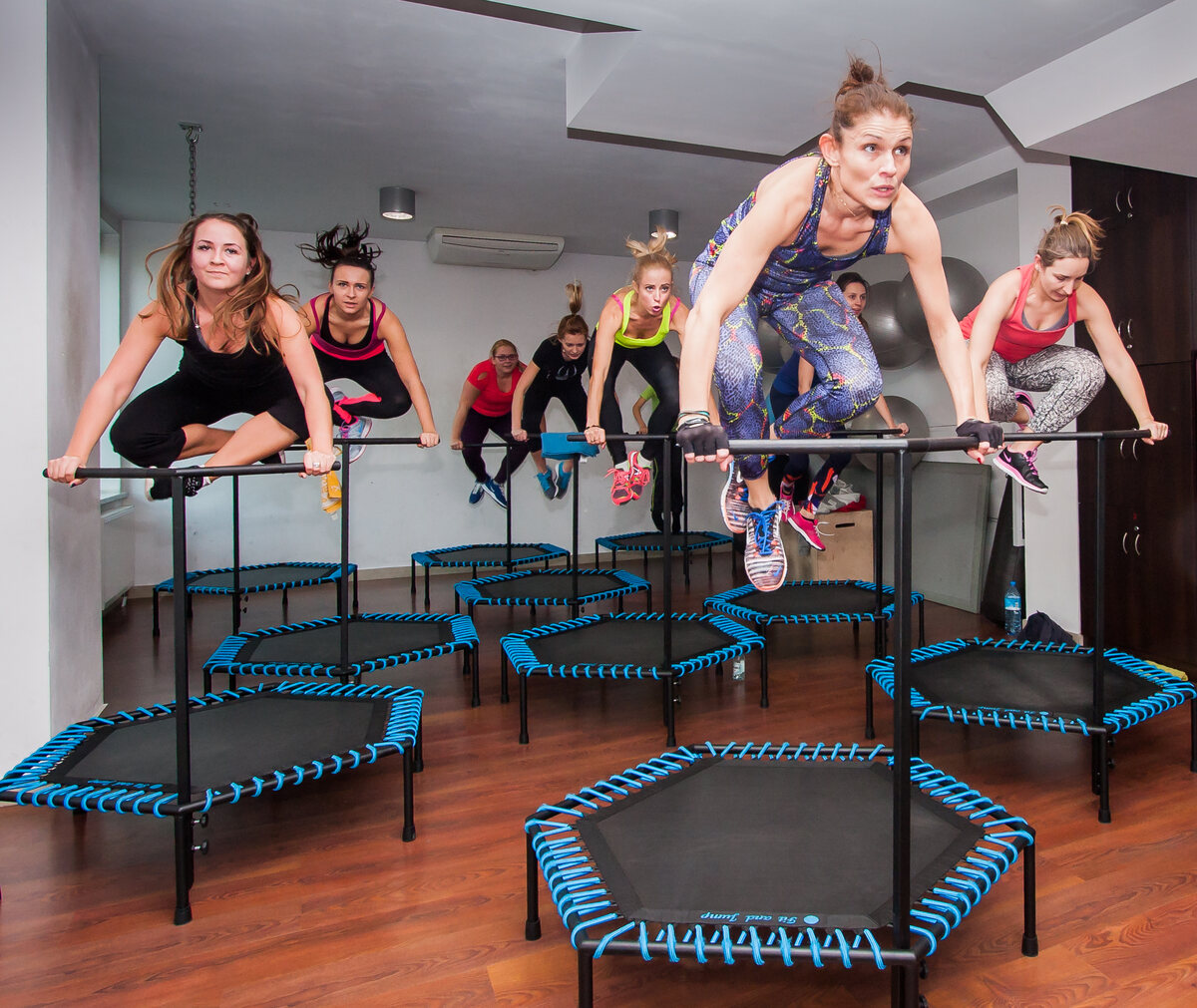

0 thoughts on “What Is The Part Of The Trampoline You Jump On Called”